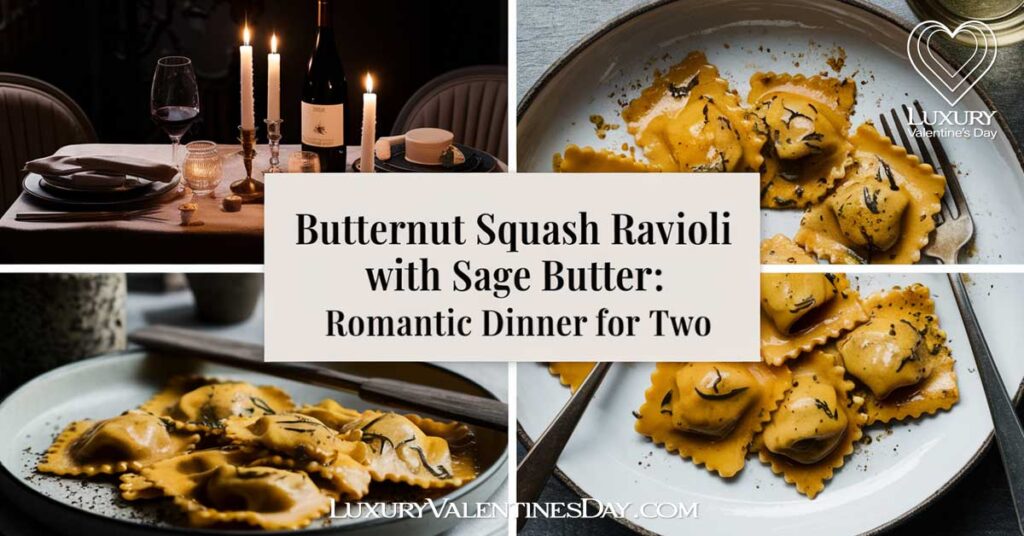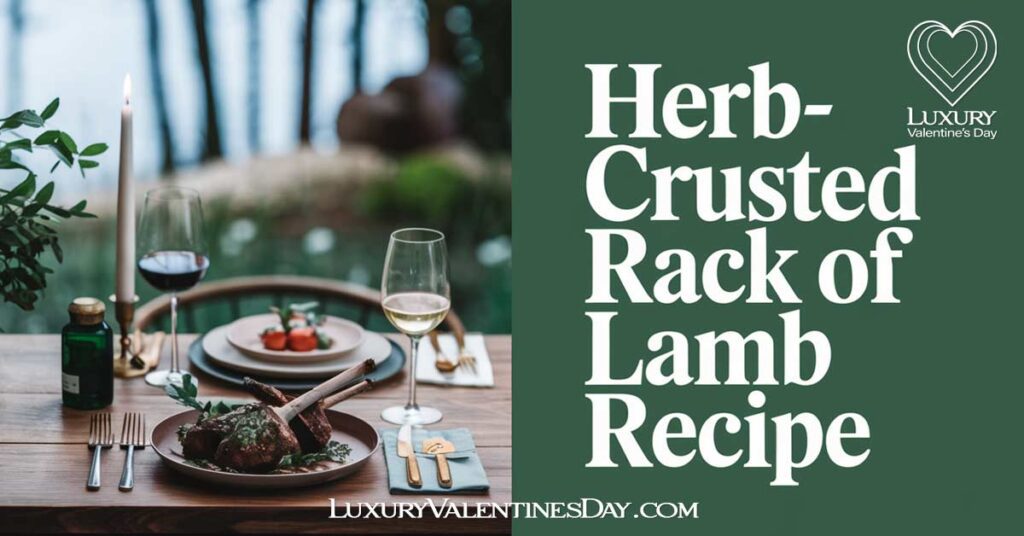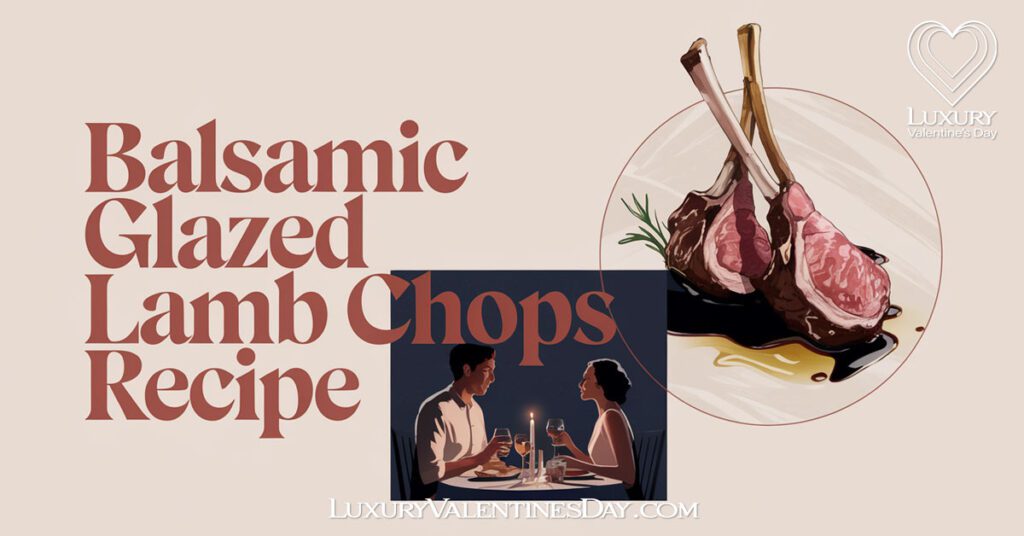
Table of Contents
ToggleMastering Royal Icing Techniques for Beautiful Cookies
If you’ve ever admired cookies decorated with royal icing, you know the appeal of their smooth, flawless surfaces and intricate designs.
Royal icing opens up a world of creative possibilities, from glossy finishes to delicate detailing, making it a go-to for bakers who want to achieve a professional look.
Imagine presenting a plate of cookies that not only taste amazing but look like they belong in a bakery window. With just a few techniques, you can master the art of decorating with royal icing and make every cookie a work of art!
Royal icing is beloved for its smooth, glossy finish and its versatility in creating vibrant colors and intricate designs that elevate any cookie. Whether you’re crafting Valentine’s Day hearts, holiday stars, or simply adding a creative touch to everyday treats, this icing technique is the perfect way to make cookies shine.
Royal icing might seem intimidating, but with a few helpful tips and simple techniques, you’ll be decorating cookies with ease. Dive into the art of royal icing and discover how this classic decorating method can transform your baking!
For more cookie decorating valentines inspiration, check out our comprehensive guide on Valentine’s Day cookie decorating ideas.
How To Make Royal Icing for Cookies
Creating royal icing is relatively simple, but it requires careful attention to achieve the right consistency for different decorating styles. Here’s a step-by-step guide to making and using royal icing:
Royal Icing Ingredients:
- 2 cups of powdered sugar, sifted
- 1 ½ tablespoons of meringue powder or 1 egg white
- 2-3 tablespoons of water (adjust as needed)
- 1 teaspoon of lemon juice (optional, for flavour)
- Food colouring (gel is recommended for vibrant colours)
Step-by-Step Instructions to Decorate Shortbread Cookies with Royal Icing:
- Combine Ingredients: In a mixing bowl, whisk together the powdered sugar and meringue powder (or egg white) until well blended. Add lemon juice if you’re using it.
- Add Water Gradually: Slowly add water, a little at a time, while mixing on low speed. Increase the speed to medium and beat until the icing forms stiff peaks—this should take about 5-7 minutes. Adjust with more water for a thinner consistency or more powdered sugar if it’s too thin.
- Separate and Colour: Divide the icing into separate bowls if you plan to use multiple colours. Add gel food colouring to each bowl, a little at a time, until you achieve the desired shade. Stir gently to avoid introducing air bubbles.
- Adjust Consistency: Use the thicker icing for outlining and details, and thin it out with a few drops of water for flooding larger areas. The right flooding consistency will allow the icing to flow smoothly without being too runny.
- Transfer to Piping Bags: Place the icing in piping bags fitted with appropriate tips. For delicate lines, use a small round tip (size 1-2). For flooding, a larger round tip (size 3-5) will work well.
Tips for Applying Royal Icing:
- Outline First: Use thicker icing to create an outline around the edge of the cookie. This helps contain the thinner icing when you fill in the centre.
- Flood the Centre: After outlining, use a thinner icing to flood the middle. Use a toothpick or a small brush to guide the icing into corners and smooth out any bumps.
- Layer for Depth: Let each layer of icing dry completely before adding additional details. This will prevent the colours from blending and create a more professional look.
Royal Icing Consistencies and Their Uses
| Icing Consistency | Best Uses | Mixing Tips | Application Tips |
|---|---|---|---|
| Stiff Consistency | Piping flowers, intricate shapes, 3D details | Add only a few drops of water to thinned royal icing. | Use a piping bag with a small tip for detailed control. |
| Piping Consistency | Outlining cookies and adding borders | Gradually add a few drops of water until icing flows smoothly. | Outline designs before flooding to prevent overflow. |
| Flood Consistency | Filling in large areas, creating smooth surfaces | Add enough water to form a ribbon that dissolves in 10-12 seconds. | Work quickly, using a toothpick or scribe tool to smooth out icing. |
| 15-Second Consistency | Adding texture, filling small areas | Add water until icing flows and holds shape for about 15 seconds. | Great for layering textures and creating dimension. |
| Glaze Consistency | Light coverage with a glossy finish | Add more water for a very thin, almost runny consistency. | Perfect for dipping cookies or a light drizzle over baked cookies. |
Ideas for Colours, Designs, and Edible Glitter
Royal icing offers a versatile canvas to experiment with colours, patterns, and textures. Here are some ideas to inspire your decorating:
- Classic Valentine’s Day Colours: Opt for romantic shades like soft pinks, vibrant reds, and pure whites. These colours make your cookies look festive and elegant. Use a mix of light and dark tones to create depth and contrast in your designs.
Design Idea: Try creating heart patterns, polka dots, or delicate lacework with contrasting colours for a classic Valentine’s Day look. - Metallic and Shimmering Accents: Add a touch of luxury with metallic shades like gold, silver, or rose gold. These colours can be used as accents for borders or details, giving your cookies a sophisticated and high-end feel.
Design Idea: Use edible metallic paints or gold dust on top of a white or pastel base to create a chic and elegant design. - Delicate Floral Patterns: Use pale greens, lavenders, and blush pinks to create intricate floral designs. Outline flowers with a fine piping tip, and fill them in with a lighter shade for a subtle gradient effect.
Design Idea: Create small flower clusters along the edges of the cookie or as a central feature. Finish with a touch of edible glitter for a hint of sparkle. - Playful Polka Dots and Stripes: For a fun and light-hearted look, use bright colours and simple patterns like polka dots or stripes. These designs are easy to execute but look clean and professional.
Design Idea: Create a base layer in one colour, then use contrasting colours to add dots or stripes. This is a great way to use up leftover icing in various colours. - Edible Glitter for Extra Sparkle: Edible glitter can add a magical, fairy-tale quality to your decorated cookies. Use it sparingly for a subtle shimmer or generously for a dazzling effect.
How to Use: Sprinkle edible glitter over wet royal icing for a shimmering finish, or apply it to dry icing using a damp brush for more precise details. - Textured Icing for Visual Interest: Use different piping tips to create textures that give the cookies depth. Try ruffles, zigzags, or a simple basketweave pattern to add a tactile element to your cookies.
Design Idea: Use a star tip to pipe a simple border around the cookie, or create tiny rosettes for a vintage-inspired look.
Additional Tips for Working with Royal Icing:
- Avoid Overmixing: Too much mixing can introduce air bubbles, leading to a bumpy texture. Stir gently when adjusting colours.
- Test the Consistency: Always test the consistency of your icing on a piece of parchment paper before starting on the cookies.
- Drying Time: Allow at least 6-8 hours for royal icing to set completely. If you’re in a hurry, you can use a fan or place the cookies in front of a cool, low-speed air source to speed up the drying process.
Royal icing is a fantastic way to give your decorated biscuits a polished, professional finish. Whether you keep it classic with a few romantic touches or go all out with colours and edible glitter, this icing offers endless possibilities to let your creativity shine.
Frequently Asked Questions About Royal Icing for Cookies
What is the difference between cookie icing and royal icing?
Royal icing is made with egg whites or meringue powder, which allows it to harden into a smooth, durable finish, perfect for intricate designs and detailed work. Cookie icing (or glaze icing) is often softer, usually made with powdered sugar and milk or corn syrup, which gives it a shiny, glossy finish but doesn’t fully harden like royal icing.
What is a trick for royal icing?
One trick for achieving the right consistency is the “10-second rule.” After mixing, drag a spoon through the icing, and if the surface smooths out in 10 seconds, you have the perfect consistency for flooding. For thicker consistency, add powdered sugar; for thinner icing, add a drop of water.
Can royal icing be stored, and for how long?
Yes, royal icing can be stored! Keep it in an airtight container in the fridge for up to 2 weeks. When ready to use, allow it to come to room temperature and remix to achieve the right consistency. For short-term storage, royal icing can sit at room temperature for a few hours covered with plastic wrap to prevent drying.
Can I add flavor to royal icing?
Absolutely! Add a few drops of food-safe extracts, like vanilla, almond, or lemon, to royal icing while mixing. Use sparingly, as too much liquid can alter the icing’s consistency.
How do you prevent air bubbles in royal icing?
To avoid air bubbles, let the freshly mixed icing sit for 5-10 minutes to allow bubbles to rise, then gently stir before using. Additionally, apply a slow, steady hand while piping, as working quickly can introduce more bubbles.
Previous Article
Cookies Drizzled with Chocolate: Simple Tips for a Decadent Look
Next Article
Related Posts
- First Date Questions: Master the Art of Conversation on Your Next Date
- Transform Your Kitchen with Romantic Valentine’s Day Table Decor Ideas
- Sophisticated Valentine’s Day Decor Ideas to Elevate Your Celebration
- Date Ideas That Start with G: Great and Grand Dates
- Valentine’s Day Decor Ideas to Make Every Space Romantic and Inviting
- Valentine’s Day Tray Decor Ideas: Creative Ways to Style Your Romantic Display













